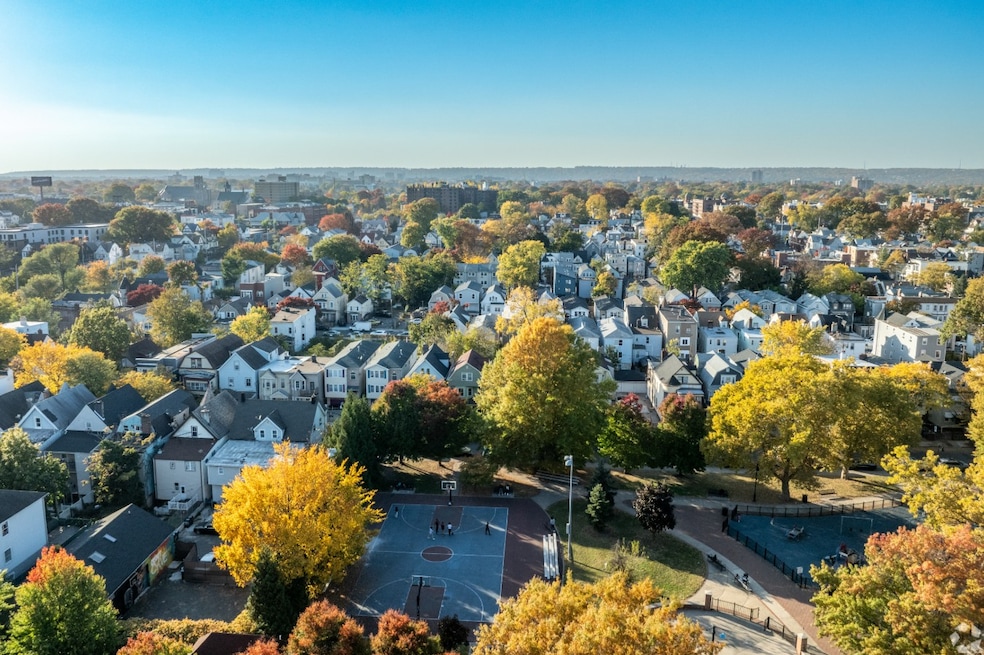A state law passed 40 years ago that sought to improve New Jersey's housing market — particularly for low- to moderate-income residents — has done little to increase the Garden State's housing stock.
That's the major takeaway from a study released late last week from the Garden State Initiative, a nonprofit think tank in Morristown. The study also gave recommendations for improving New Jersey's Fair Housing Act of 1985.
When passed, the housing act required towns and cities to revise their zoning laws so that developers could increase the construction of affordable housing units. Lawmakers passed the measure after watching two protracted legal battles play out at the state Supreme Court between a local NAACP chapter and Mount Laurel Township, New Jersey. Rulings from those cases became known as the Mount Laurel doctrine, which was the brainchild behind the state's fair housing act.
In passing the act, lawmakers said at the time that it would encourage homebuilders to construct more affordable units, thus easing demand and prices in the market. But that's not what happened, the Garden State Initiative study argued.
The research tallied New Jersey's housing production — using the number of building permits filed annually — and compared it to two different time periods: between 1985 and 1999, and between 1999 and 2007. The study then compared these figures with those from the same periods in the nearby states of Pennsylvania and New York.
The study found that the number of building permits in New Jersey dipped from 1985 to 1999 and leveled off between 1999 and 2007. New York and Pennsylvania permits followed roughly a similar pattern, the study concluded. All told, the "housing production in New Jersey has largely mirrored Pennsylvania, a state without comparable legal mandates, showing that decades of mandates made little difference," Jason Sorens, who crafted the study, told Homes.com.
When compared to New York, New Jersey outpaced the Empire State in building permits before 1985, but Jersey saw its permits dip and become level with New York after 1990 — which suggests that the fair housing act may have caused a slowing of affordable housing construction, Sorens added.
Sorens said in the study that he compared those particular time frames because New Jersey officials aggressively enforced the housing act between 1985 and 1999 but laid off strict enforcement between 1999 and 2007.
Research comes as change is afoot
The findings land at the same time as New Jersey municipalities look to fulfill renewed state mandates to produce more affordable units.
Gov. Phil Murphy signed New Jersey's Act 2 of 2024 — a revised version of the 1985 law that now, among other things, requires local municipalities to craft a plan for how they plan to build more affordable housing in their neighborhoods over the next decade. Act 2 also contains a short list of "qualified urban aid" cities — including Camden, Elizabeth, Hackensack, Hoboken, Newark, New Brunswick, Paterson and Trenton — that effectively do not need to craft plans because state officials have determined that they have already met or exceeded their share of producing affordable units.
Collectively, New Jersey municipalities need to build nearly 85,000 affordable homes in the next decade under Act 2 mandates.
From its inception, New Jersey's fair housing act has drawn criticism from mayors and developers, who argue that adding more affordable units would transform the suburban feel of their community to a more urban vibe. It's unfair that most of New Jersey's municipalities must craft affordable housing plans, but the most populated and large cities don't have to, critics also argue.
Audrey Lane, Garden State Initiative's president, reiterated that critique in a statement about Sorens' study.
"Legislators should reconsider housing solutions that leverage the benefits of our urban areas — transportation, infrastructure and jobs — without fueling suburban sprawl," she said.
Sorens' study recommended two ways to increase affordable units: by changing Act 2's mandate from individual towns crafting a plan to a more regional roadmap and by not allowing Camden and those urban aid cities to be exempt from the state's affordable housing goal.

